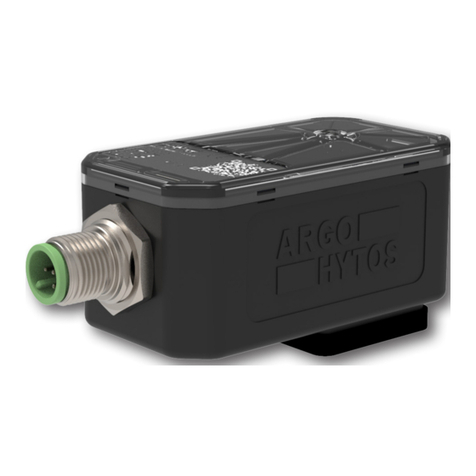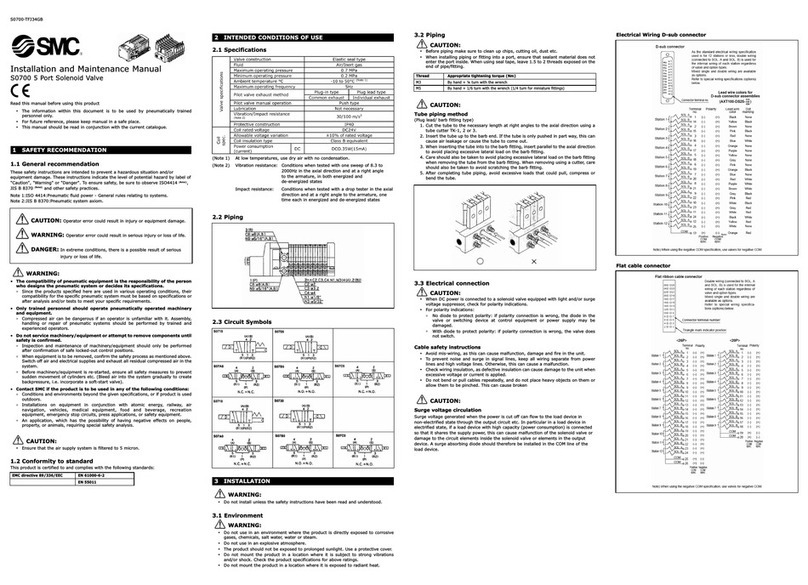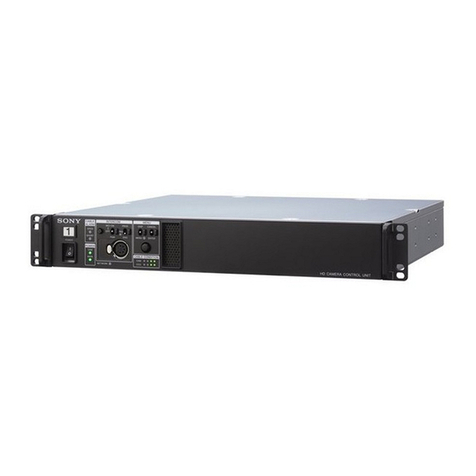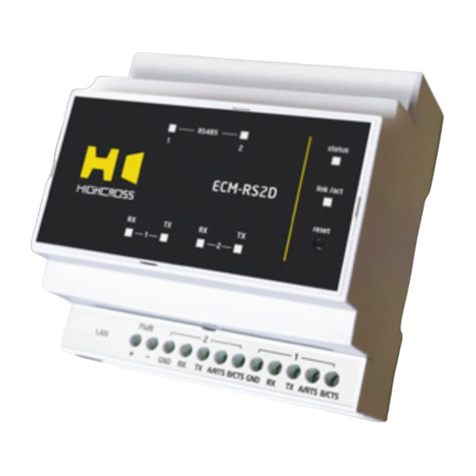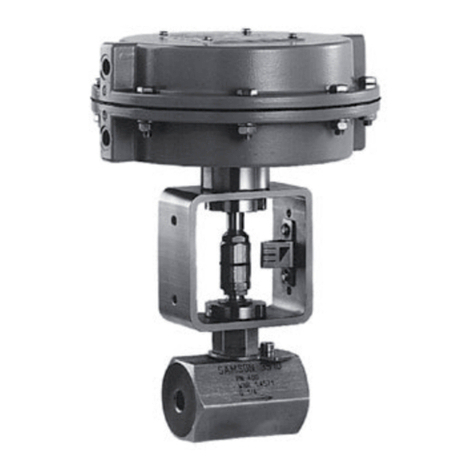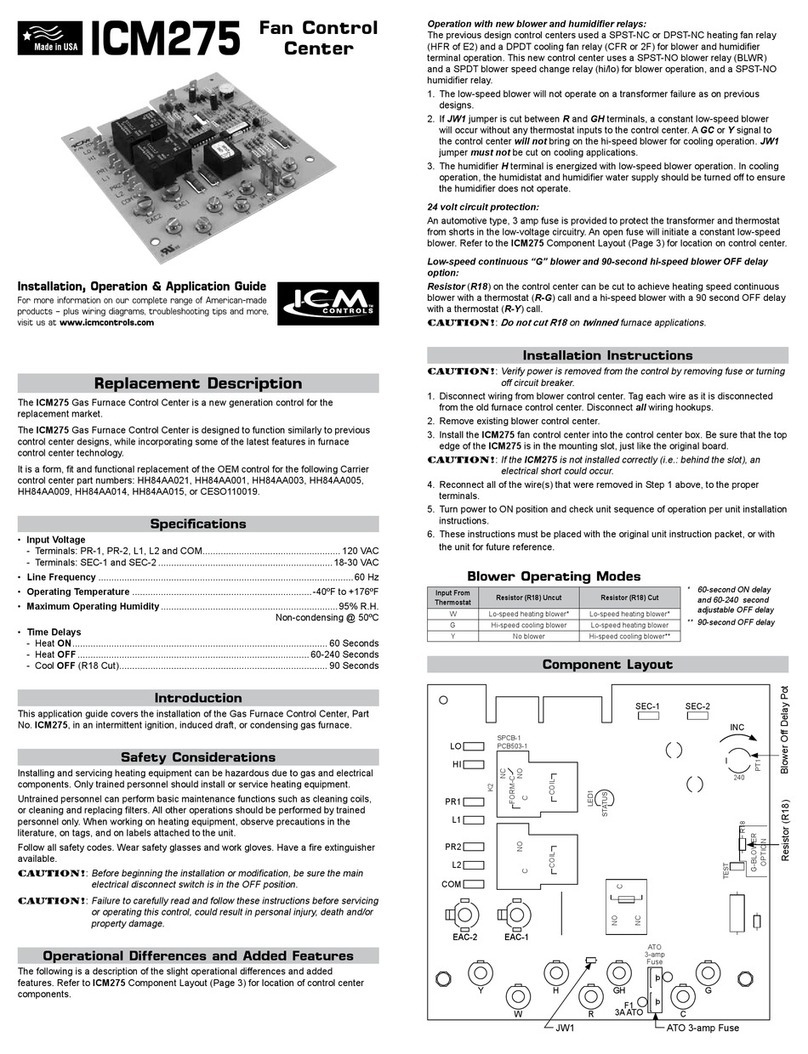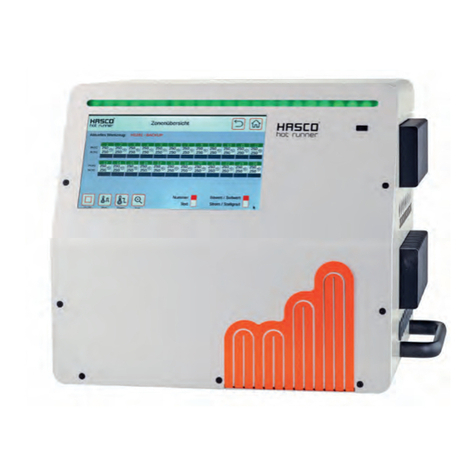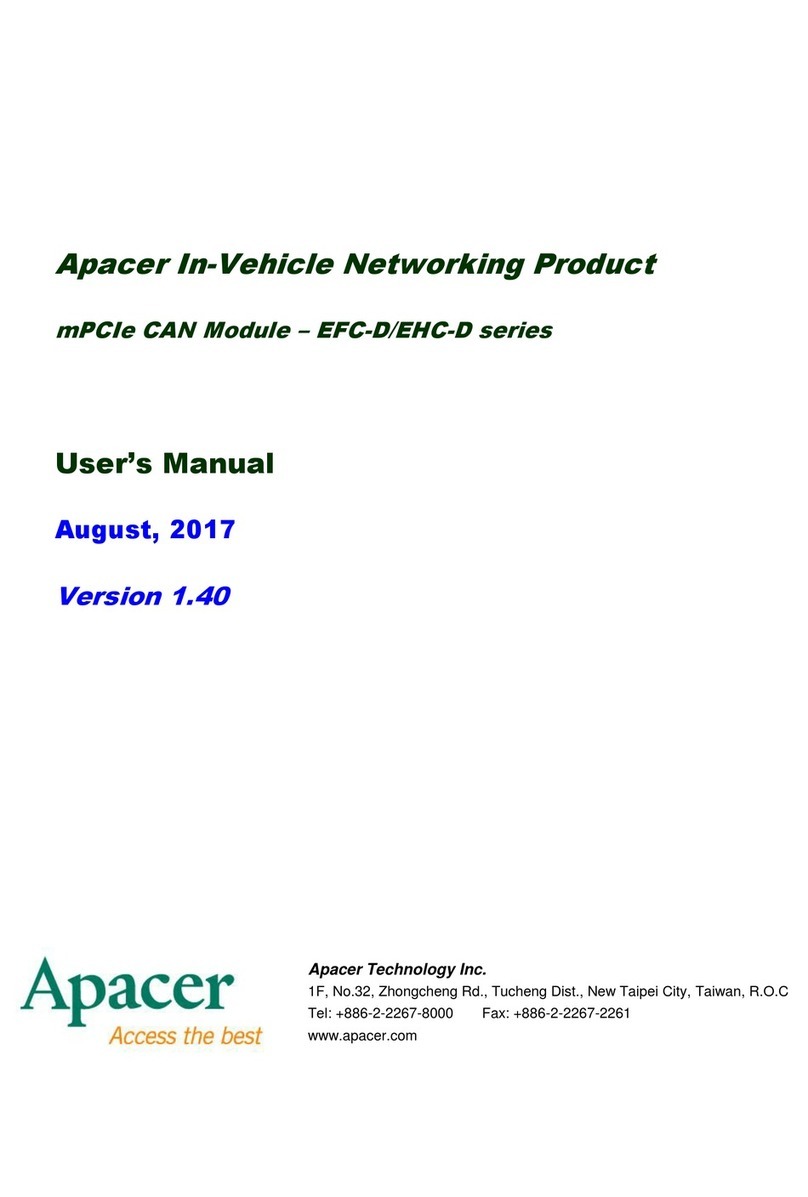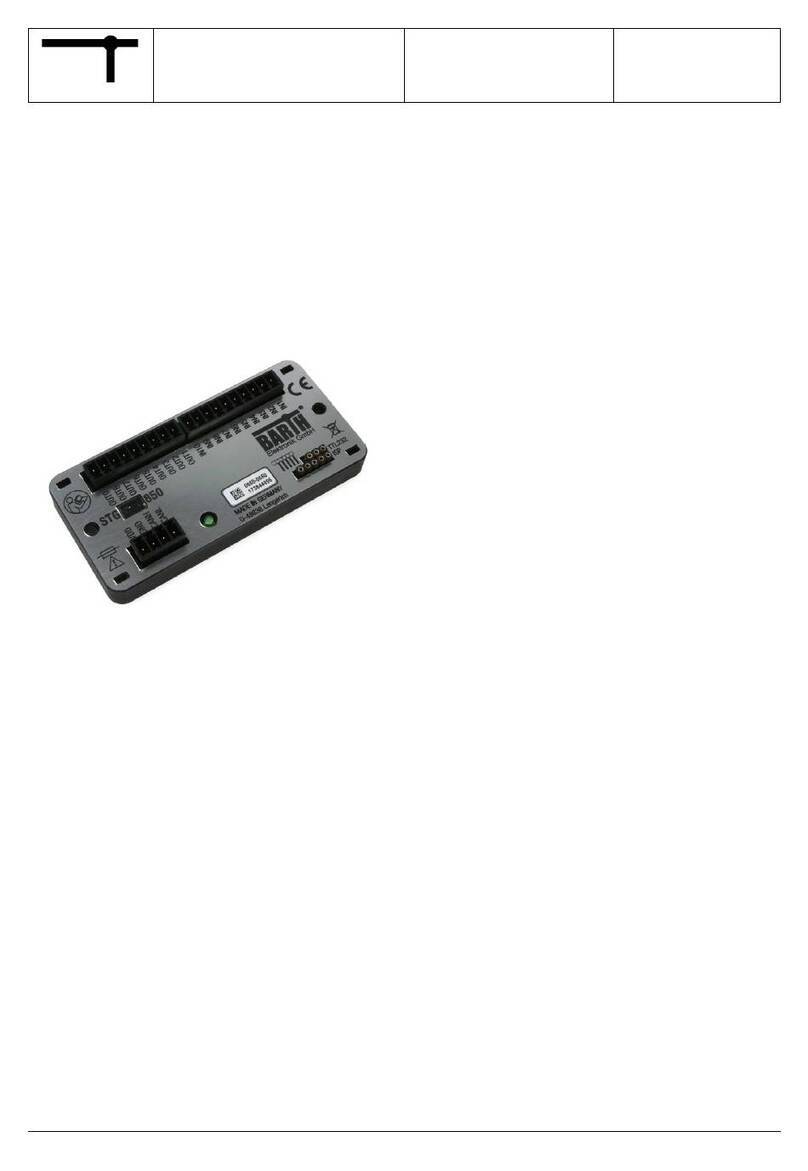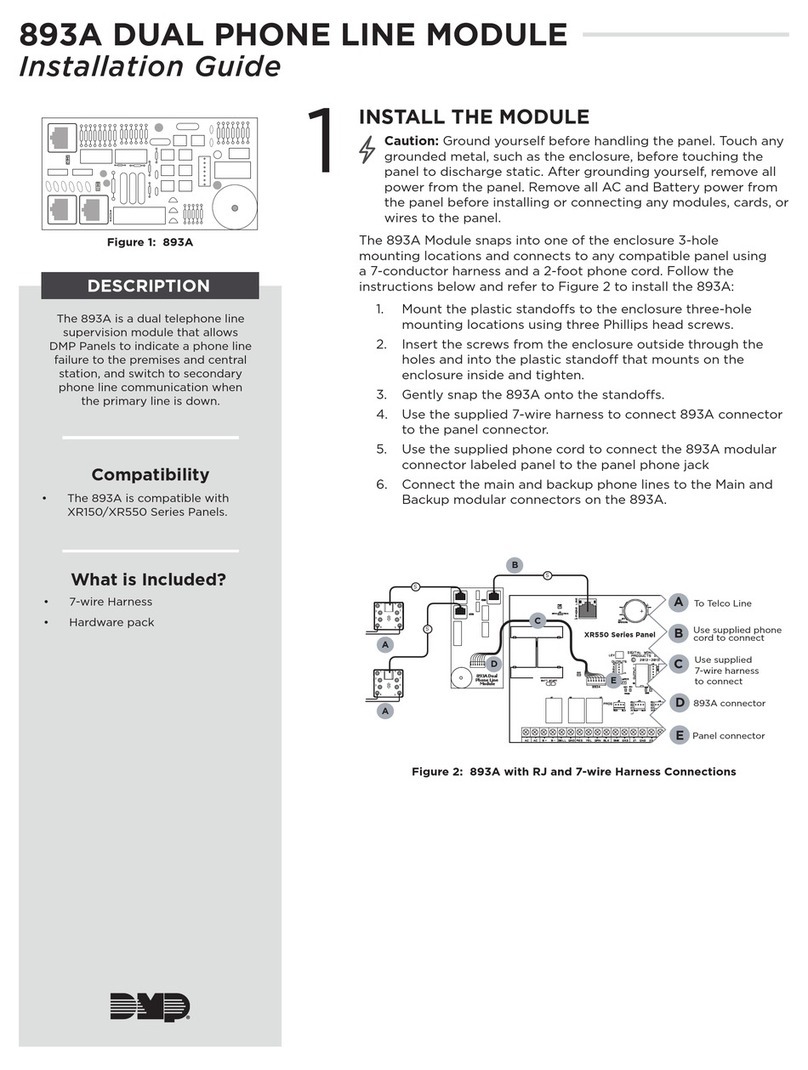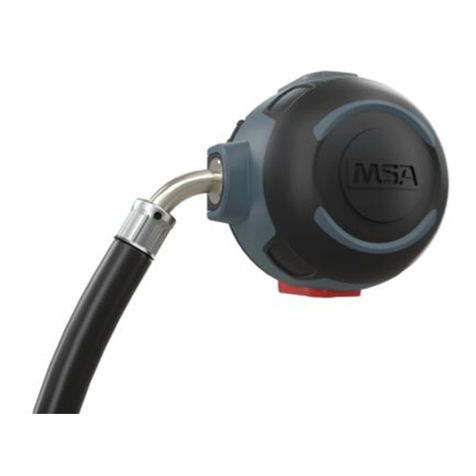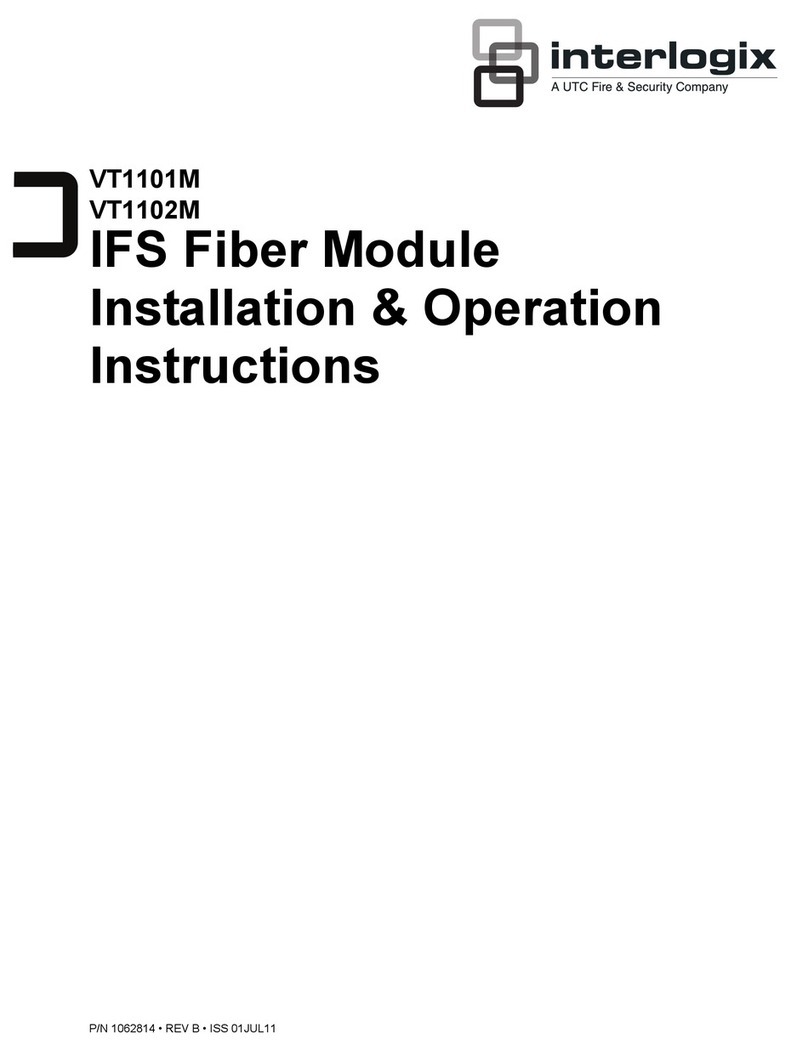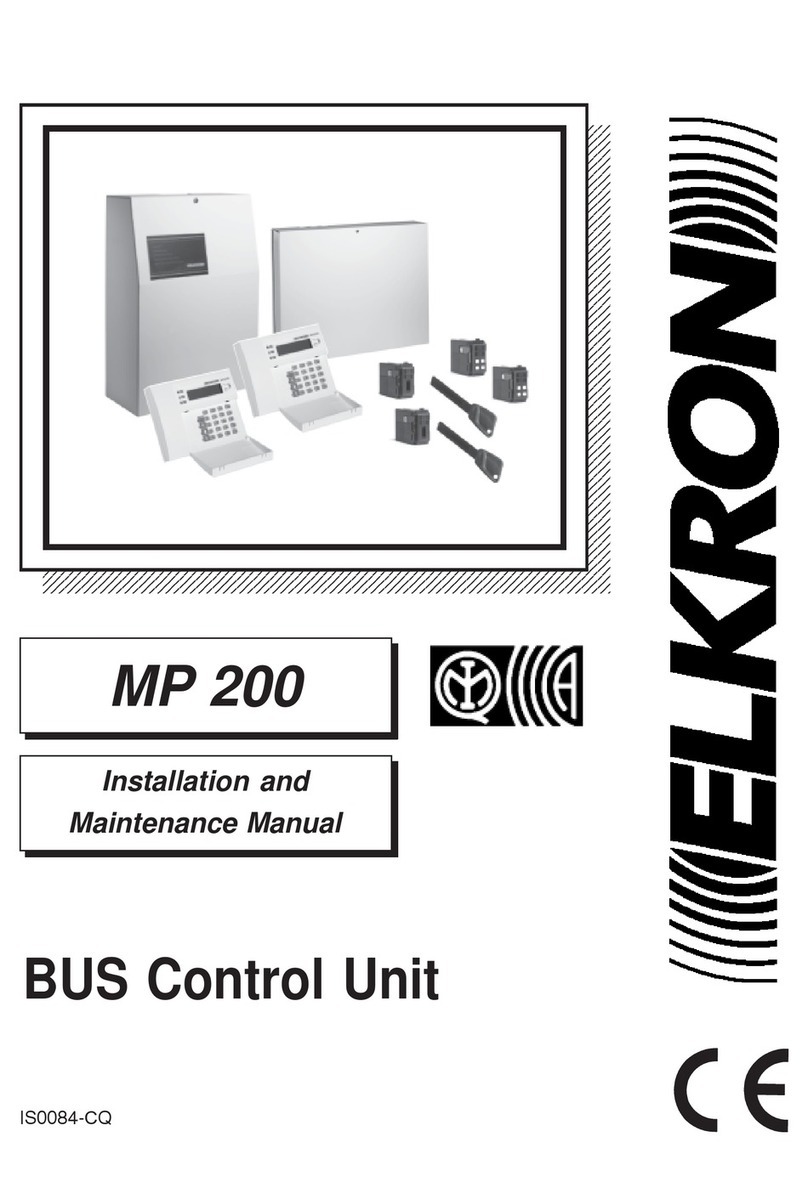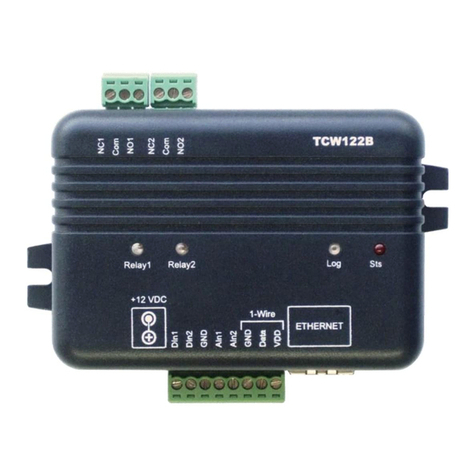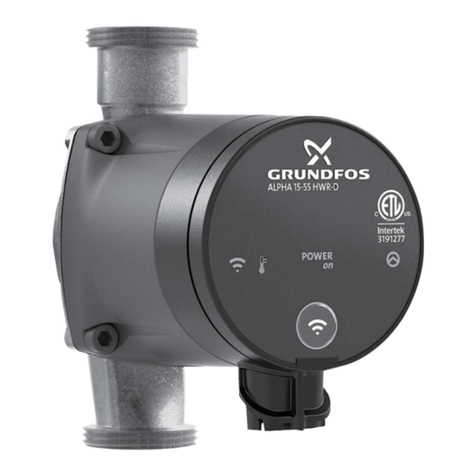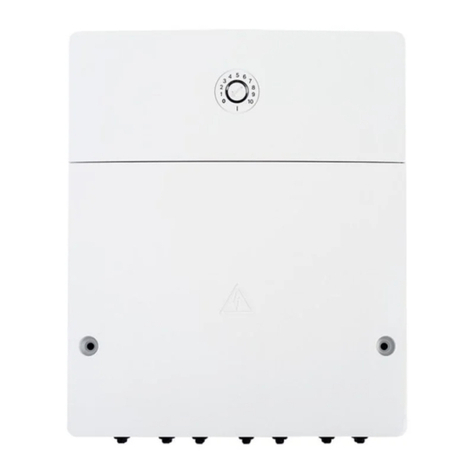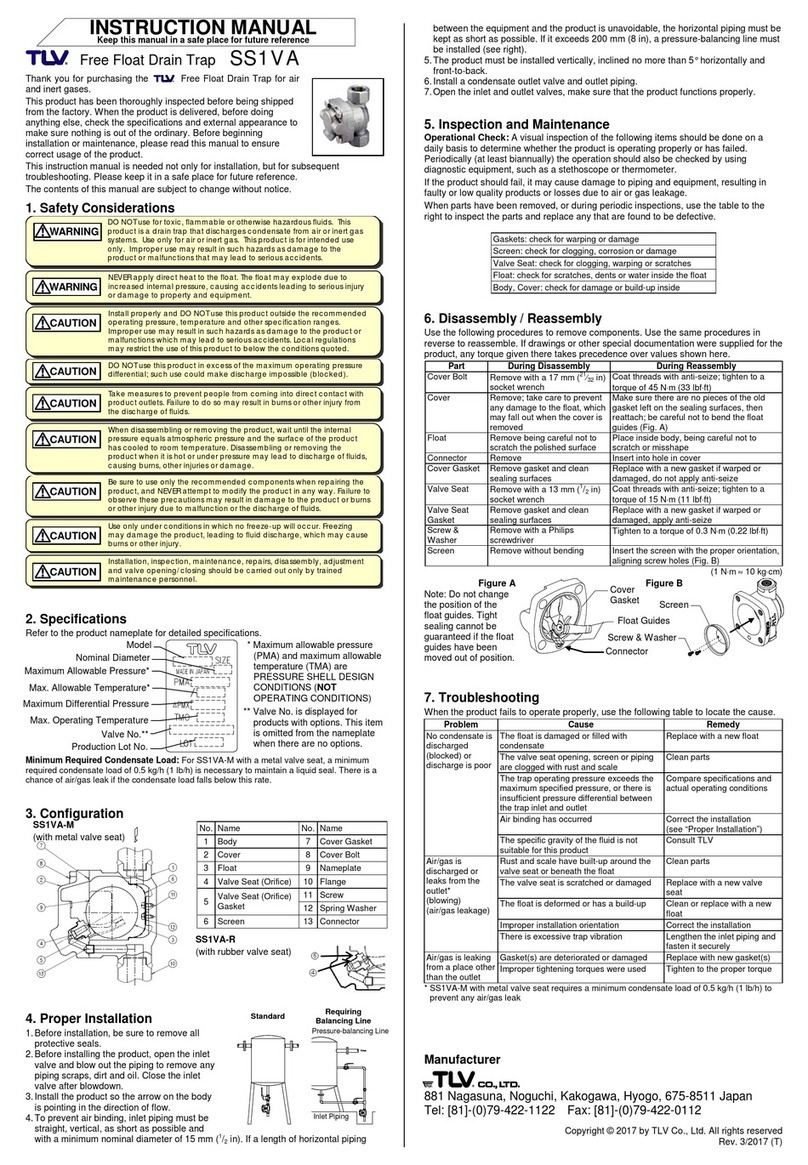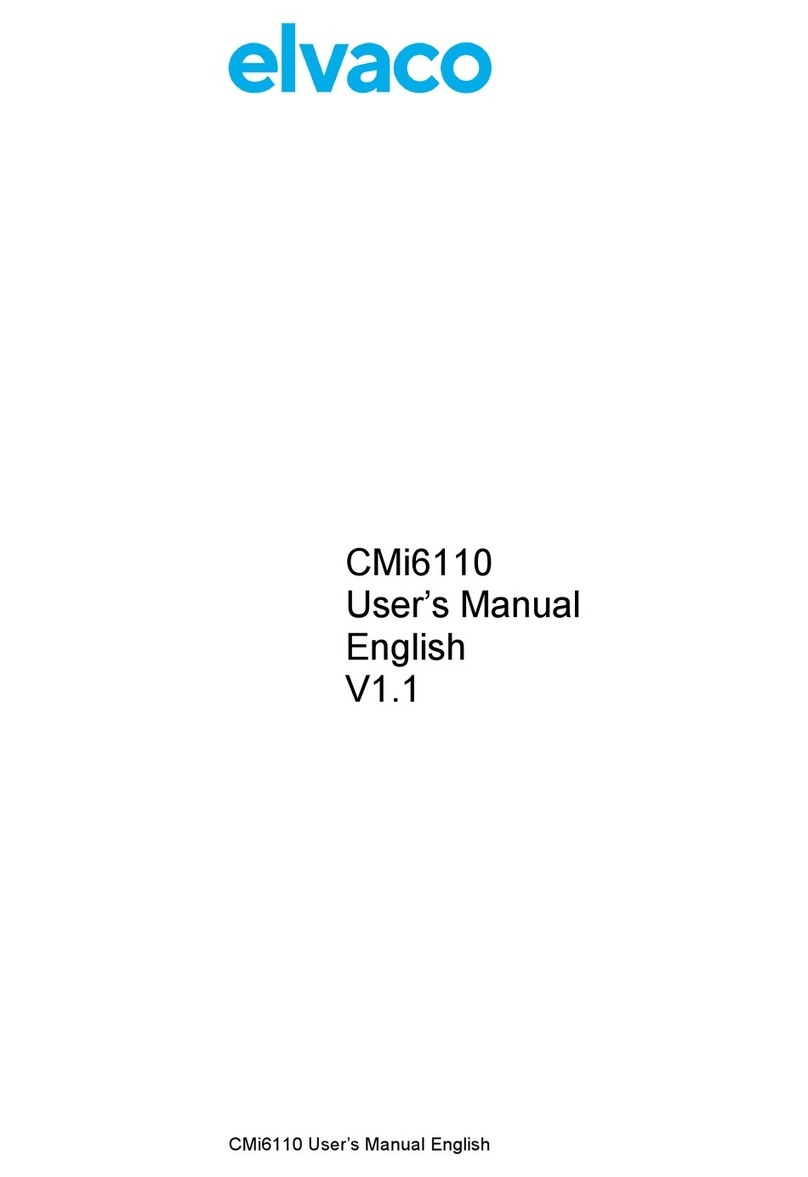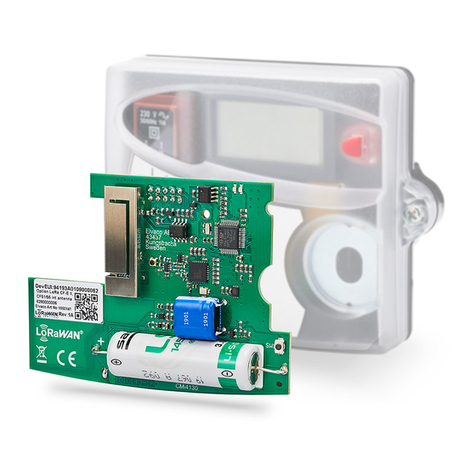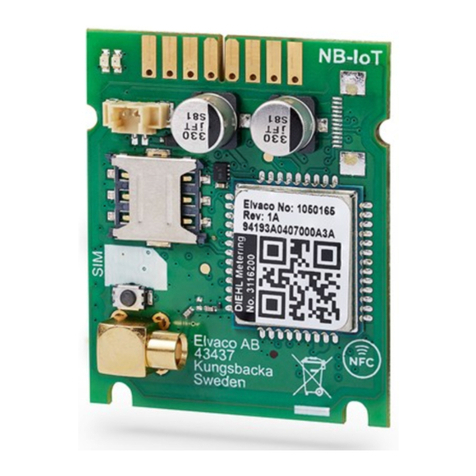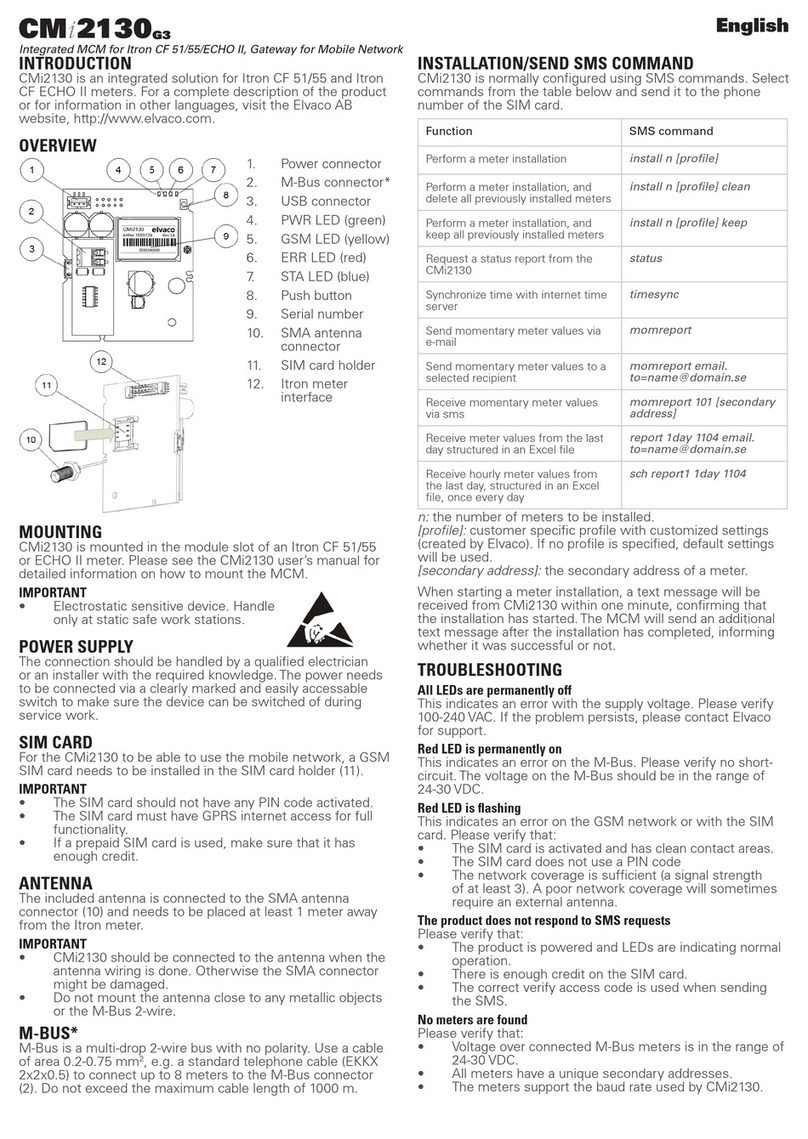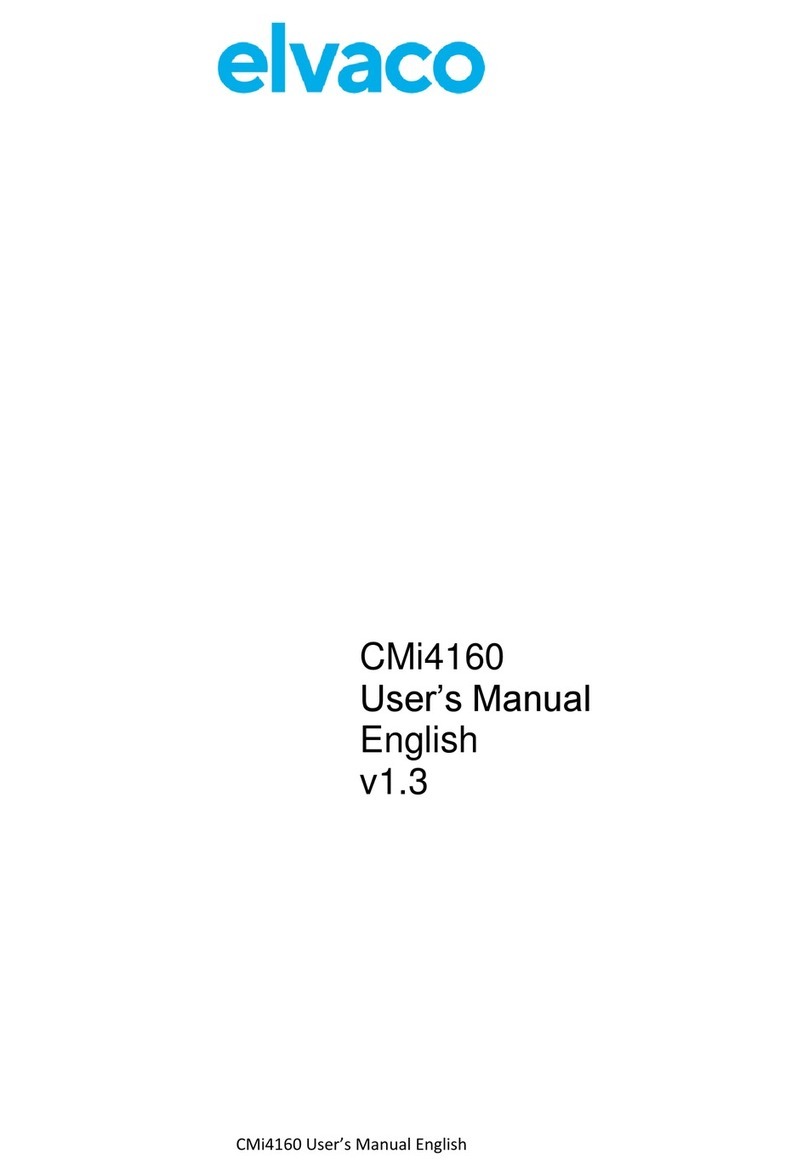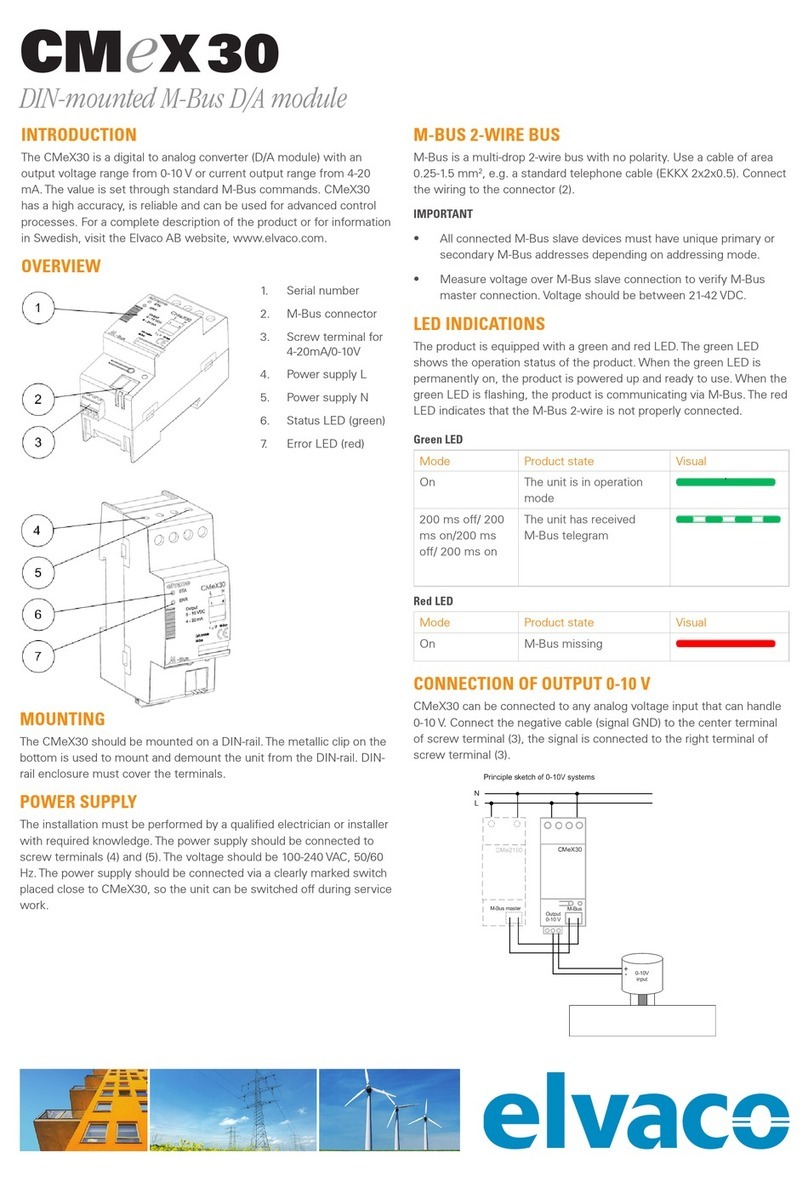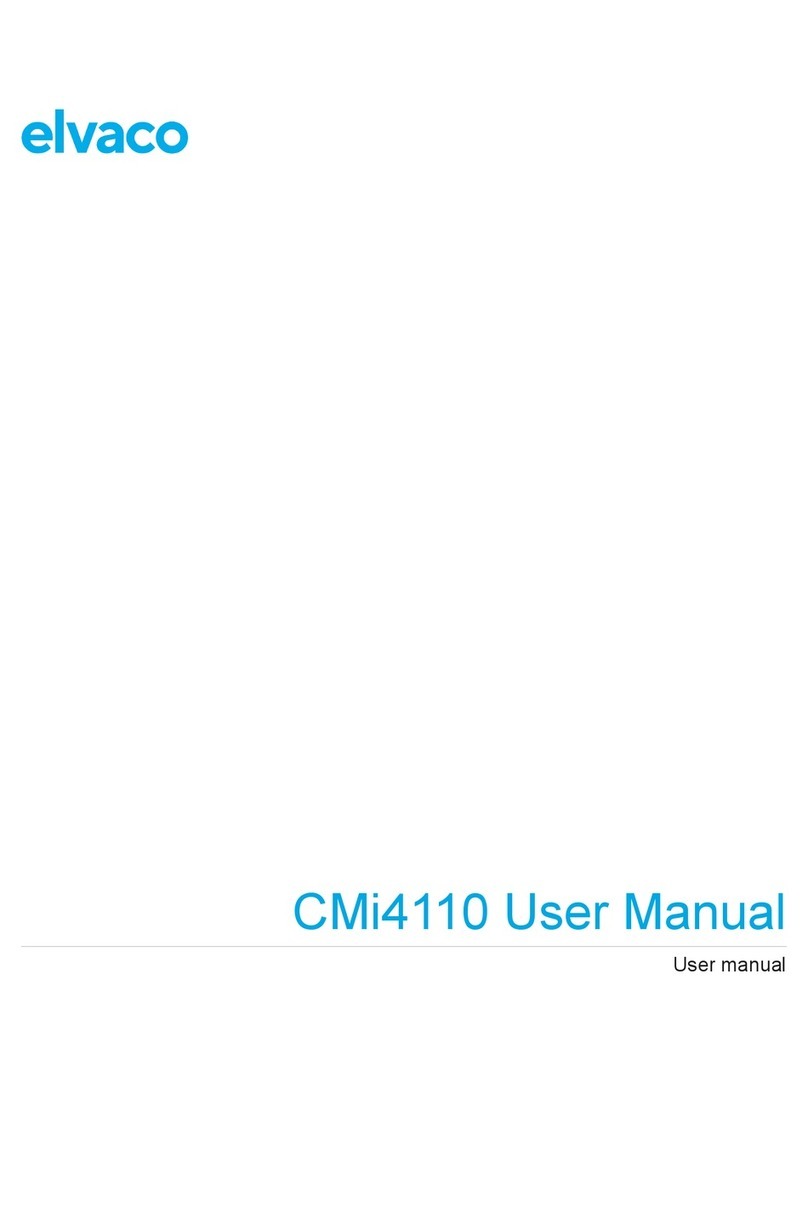Contents
1DOCUMENT NOTES .....................................................................................................3
1.1 COPYRIGHT AND TRADEMARK.........................................................................................3
1.2 CONTACTS..................................................................................................................... 3
2IMPORTANT USAGE AND SAFETY INFORMATION...................................................4
3USING THIS MANUAL ..................................................................................................5
3.1 PURPOSE AND AUDIENCE ............................................................................................... 5
3.2 ONLINE RESOURCES ......................................................................................................5
3.3 SYMBOLS.......................................................................................................................5
4INTRODUCTION............................................................................................................6
4.1 PURPOSE....................................................................................................................... 6
4.2 APPLICATION DESCRIPTION.............................................................................................6
4.3 PRODUCT FEATURES......................................................................................................6
4.4 COMPATIBILITY...............................................................................................................6
5GETTING STARTED......................................................................................................7
5.1 PURPOSE....................................................................................................................... 7
5.2 PRODUCT SPECIFICATION...............................................................................................7
5.3 MOUNT AND START-UP THE DEVICE.................................................................................7
5.3.1 Mounting and connection............................................................................................ 7
5.3.2 Connection of antenna................................................................................................ 7
5.3.3 Network preparation.................................................................................................... 7
5.3.4 Activation..................................................................................................................... 7
6ADMINISTRATION REFERENCE..................................................................................9
6.1 PURPOSE....................................................................................................................... 9
6.2 SECURITY AND ACCESS CONTROL................................................................................... 9
6.3 CONFIGURATION OPTIONS ..............................................................................................9
6.4 TIME HANDLING............................................................................................................10
6.5 ADAPTIVE DATA RATE (ADR)........................................................................................10
6.6 TRANSMIT INTERVAL.....................................................................................................11
6.6.1 EcoMode................................................................................................................... 11
6.7 MESSAGE FORMATS..................................................................................................... 11
6.7.1 Message structure..................................................................................................... 11
6.7.2 Structure and payload............................................................................................... 12
6.7.3 Meter communication error message........................................................................ 21
6.8 DOWNLINK................................................................................................................... 21
7TECHNICAL SPECIFICATIONS..................................................................................23
8TYPE APPROVALS.....................................................................................................24
9DOCUMENT HISTORY................................................................................................25
9.1 VERSIONS....................................................................................................................25
10 REFERENCES.............................................................................................................26
10.1 TERMS AND ABBREVIATIONS......................................................................................... 26
10.2 NUMBER REPRESENTATION ..........................................................................................26
10.3 EUROPEAN STANDARDS............................................................................................... 26




















